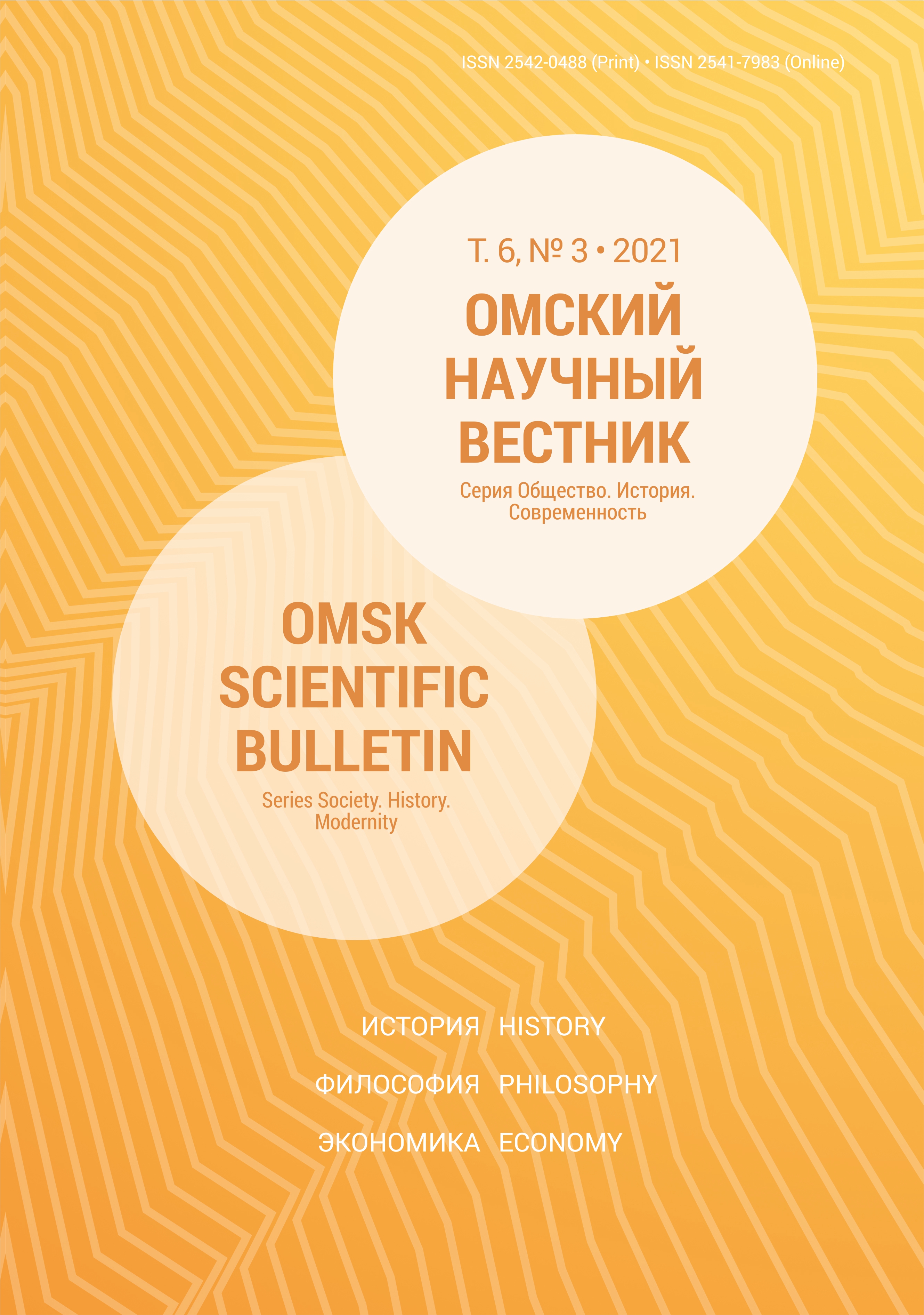Uprising in Tashkent in October 1917 according to memoirs of S. V. Sazanov
DOI:
https://doi.org/10.25206/2542-0488-2021-6-3-56-63Keywords:
Russian revolution, Turkestan, uprising in Tashkent in October 1917, «soldier’s revolution», memoirsAbstract
The article examines the uprising in Tashkent in October 1917 by the memoirs of S. V. Sazanov. The purpose of this article is both to introduce a new historical source into scientific circulation (ego-document, in this case, an excerpt from S. V. Sazanov’s memoirs), and to perform historiographic analysis of the October uprising in Tashkent, which led to the establishment of Soviet power in Turkestan. The memoirs of S. V. Sazanov are especially valuable for they contain a personal impression of a direct participant in the events, as well as convey a view of the event from «a peasant in a soldier’s overcoat», since S. V. Sazanov,
being a peasant-otkhodnik (peasant-worker) by origin and occupation, has preserved the peculiarities of the peasant mentality. The presented source is also important due to the fact that there are serious discrepancies in the historiography of the October uprising in Tashkent, descriptions of this event are conflicting and contradictory. In Soviet historiography, the uprising in Tashkent was presented as a classic workers’ uprising against numerous counter-revolutionary forces prepared and carried out according to a clear plan under the leadership of the Bolshevik party. S. V. Sazanov’s memoirs refute this point of view. At the same time, they do not contradict either the sources of 1917 (materials of the local press), or the post-Soviet historiography. With regard to the latter, S.V. Sazanov’s memoirs can serve as a valuable addition.
Downloads
Published
How to Cite
License
Non-exclusive rights to the article are transferred to the journal in full accordance with the Creative Commons License BY-NC-SA 4.0 «Attribution-NonCommercial-ShareAlike 4.0 Worldwide License (CC BY-NC-SA 4.0»)




